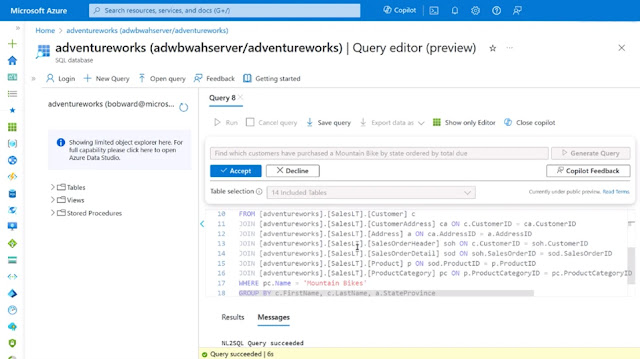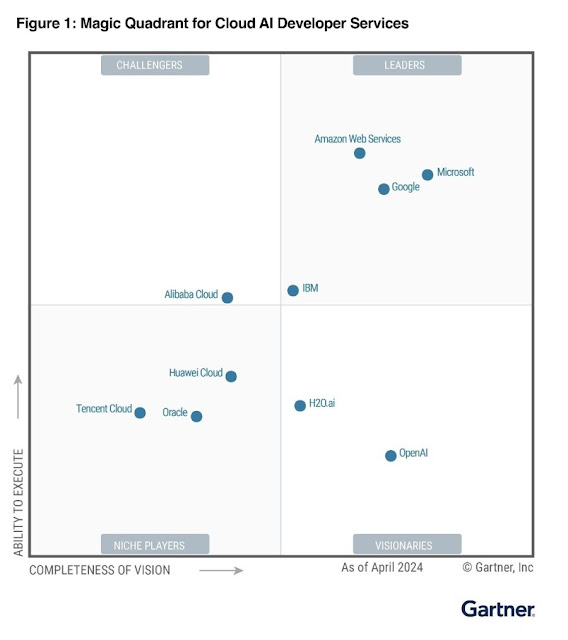I’m thrilled to share news about the evolution of our enterprise mapping software development kit (SDK) and API offerings. Today, we’re announcing the unification of our enterprise maps offerings under Microsoft Azure Maps. We are combining the technologies and data in Bing Maps for Enterprise with Azure Maps and retiring Bing Maps for Enterprise. This marks a significant milestone as we transform our enterprise maps offerings to focus on creating a platform that empowers our customers to innovate and bring their ideas to life using cutting-edge innovations in AI and cloud—all on a trusted platform.
This unification enables our customers to accelerate innovation by leveraging other Microsoft Azure cloud services while retaining many familiar features from Bing Maps for Enterprise within Azure Maps. Moreover, Azure Maps introduces several features not found in Bing Maps for Enterprise, including advanced service authentication methods, data residency compliance, geolocation, weather information, and custom indoor maps. Unifying our enterprise maps offerings under Azure Maps will greatly simplify our enterprise mapping offerings making it easier for customers to buy and use our services in a way that is consistent with other services at Microsoft.
The concept of “where” has become integral to the decision-making and how organizations navigate through the complex business environment. While the demand for geospatial information continues to grow, the context of “when” and “how” we utilize this information is evolving. At Microsoft, we have observed how technologies in cloud and AI are reshaping how our customers engage with the services we offer.
Making the transition to Azure Maps
Bing Maps for Enterprise customers will have ample time under their existing and renewed contracts to transition to Azure Maps. Bing Maps for Enterprise will be retired on June 30, 2028, existing Bing Maps for Enterprise customers can continue to license Bing Maps for Enterprise APIs and services until then. We will however no longer be accepting new Bing Maps for Enterprise customers from June 30, 2024. Customers with an enterprise license have until June 30, 2028, to transition to Azure Maps, while customers on the free and basic license for Bing Maps for Enterprise have until June 30, 2025. We are committed to facilitating this transition and look forward to having you join us on this journey.
Simplifying and enhancing through Microsoft products
Currently, millions of developers and businesses have access to geospatial information through a range of Microsoft products—Excel, Power BI in Microsoft Fabric, and Dynamics 365. Customers use our geospatial services to manage wildfires, respond to public emergencies, deliver products to consumers doorsteps, and so much more.
IT managers and developers are increasingly seeking tools that help them adapt to the growing demands for more data and greater agility in the business-critical solutions they build. These demands extend beyond the solutions themselves; they also apply to the building blocks used to construct those solutions. As application complexity rises, our customers are increasingly requesting ways to simplify development, enhance collaboration, and create robust solutions with fewer integration points. By unifying our offerings, we can prioritize investments in supporting the ways that developers are building enterprise applications today.
Integrating with Azure solutions
Our customers seek to deliver business impact by leveraging AI services and tools within their solutions. The inclusion of Azure Maps in the Azure platform brings geospatial data closer to other Azure services, facilitating seamless integration. Azure Maps customers already benefit from AI deeply embedded in industry-leading functions like geocoding. Being part of the Azure ecosystem also streamlines access to complementary services from the Azure Marketplace. At Microsoft Build 2024, we announced the availability of NVIDIA’s cuOpt service within the Azure Marketplace. NVIDIA cuOpt, a world-record holding graphics processing unit (GPU)-accelerated optimization AI microservice, assists teams in solving complex routing problems with multiple constraints. By combining cuOpt with Azure Maps, customers can achieve dynamic routing and real-time re-optimization at scale, driving efficiencies and revenue growth. Azure Maps, alongside the Azure Marketplace, opens up new avenues for innovation, enabling businesses to tackle diverse challenges.
The aggregation of geospatial information with additional data unlocks new insights for businesses, enabling them to reduce operating costs, generate new revenue, and deliver better services to their customers. Azure Maps provides a holistic view, allowing you to understand not only what happened but also where it happened. By leveraging Azure Maps, you can make intelligent decisions and pivot faster by correlating the location of your business elements with your overall business goals. This orientation empowers your team to comprehend the situation and chart a path forward.
Start enhancing your location data today
Understanding “where” translates to knowing how to improve and move ahead. With Azure Maps, your organization gains easier access to, utilization of, and insights from location data. By combining our industry-leading cloud infrastructure with accurate, reliable location data and Microsoft applications like Power BI, you can generate predictive insights for your business.
Source: microsoft.com



















